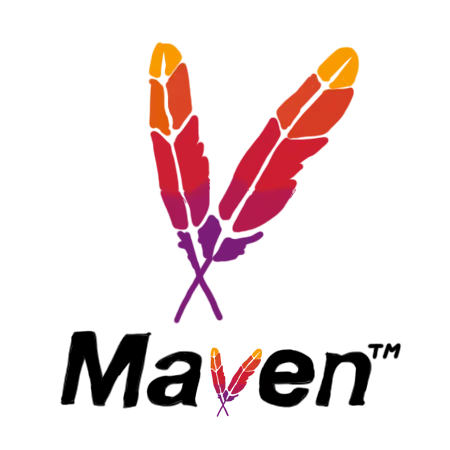What is maven?
Maven is a project management and comprehension tool that provide developers with a way to manage a project’s build, dependencies, and documentation.
In simple words it automates the process of compiling code, packing it into distributable formats( like JAR files), and managing internal libraries(dependencies) that the project might need.

Maven was originally designed to simplify building process in Jakarta turbine process. There were several projects and each project contained slightly different ANT build file. JARs were Checked into CVS.
Objective
The primary goal of maven is to provide developer with the following –
- A comprehensive model for projects, which is reusable, maintainable, and easy to comprehend.
- Plugins or tools that interact with this declarative model.
Convention over configuration
Maven uses convention over configuration, which means developers are not required to create build process themselves.
It automatically set up theProject structure and handles many tasks, so developers don’t have to do everything manually. This means developers con focus on writing code take care of the rest.
Following table shows the de fault values for project source code files, resource files and
Other configurations amusing ${basedir} denotes the project location.
| Item | Default |
| Source code | ${basedir}/src/main/java |
| Resources | ${basedir}/src/main/resources |
| Tests | ${basedir}/src/test |
| Complied Byte code | ${basedir}/target |
| Distributed JAR | ${basedir}/target/classes |
it Will use plugins to handle the technical details.
Features
- Easy project setup – quick and easy project setup with best practices.
- Consistent Structure – Ensure a consistent project structure across all projects
- Dependency Management – Handles Dependencies and update automatically.
- Vast Library Repository- access to large number of libraries.
- Quick features Adoption – Easily adopt new features with minimal configuration.
- Flexible Build Process – build various project types (JAR,WAR,etc.).
- Automated documentation – generates project documentation (website,PDF).
- Release management – Manages project releases and distribution.
- Simplified Parent Versioning – Easy Management of parent-child relationships.
- Parallel builds – improve build performance
- Improved error reporting- Provide clear and helpful error message.
Understanding problem
- We need to add jar files and dependencies in each and every project.
- We have to create right project structure, otherwise project will not work.
- We have to build and deploy project manually.

- Maven Local Repository –

2. Maven Central Repository-
3. Maven remote repository
May when remote repository is located on the web. Most of the libraries can be missing from the central repository, so we need to define more repository in pom.XML
Lets see how to add the junit in Pom. XML

Conclusion
In conclusion, Maven is an essential tool for every Java developer aiming to streamline project builds, manage dependencies efficiently, and maintain consistent project structures. Over the years, it has established itself as the standard for build automation in the Java ecosystem, offering powerful features that save time and reduce errors.
This not only saves time but also ensures that all team members are working with the same versions of libraries, reducing conflicts and compatibility issues.
Another key benefit of Maven is its standardized project structure. By following the Maven conventions, developers can quickly understand any Maven-based project, regardless of who initially created it. This makes collaboration easier and onboarding new team members faster, as they don’t need to spend time
This integration enables automated builds, testing, and deployment processes, ensuring that projects remain stable and any issues are detected early.
In summary, Maven is not just a tool—it’s a foundation for efficient Java development. Whether you are a beginner learning the ropes or an experienced developer managing large-scale enterprise projects, Maven offers the features and structure needed to succeed. From dependency management to CI/CD integration, plugin support, and adherence to best practices, mastering Maven equips developers with the skills necessary to handle modern Java projects efficiently.
visit our LinkedIn page – Click hereCheck out more Blogs – Click Here